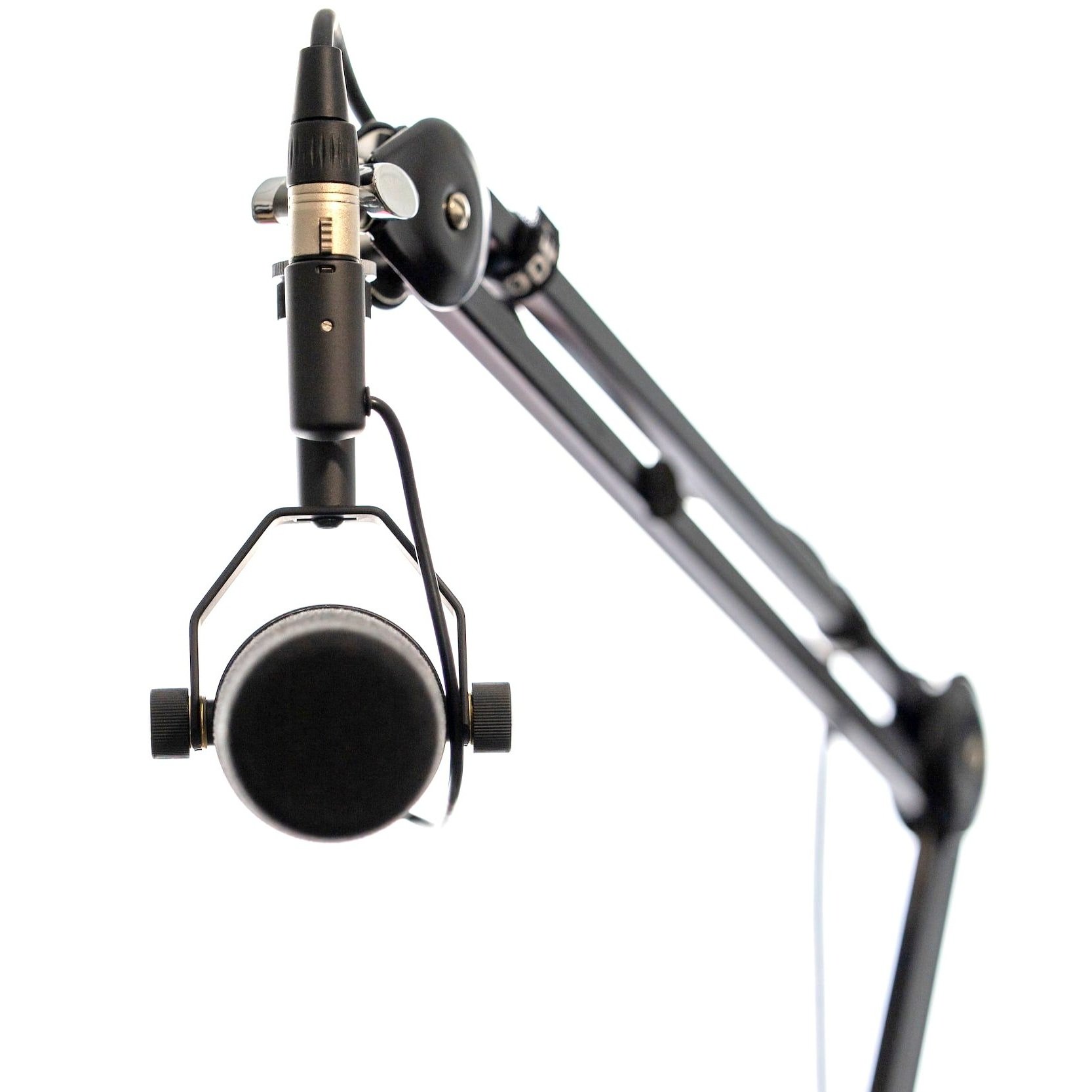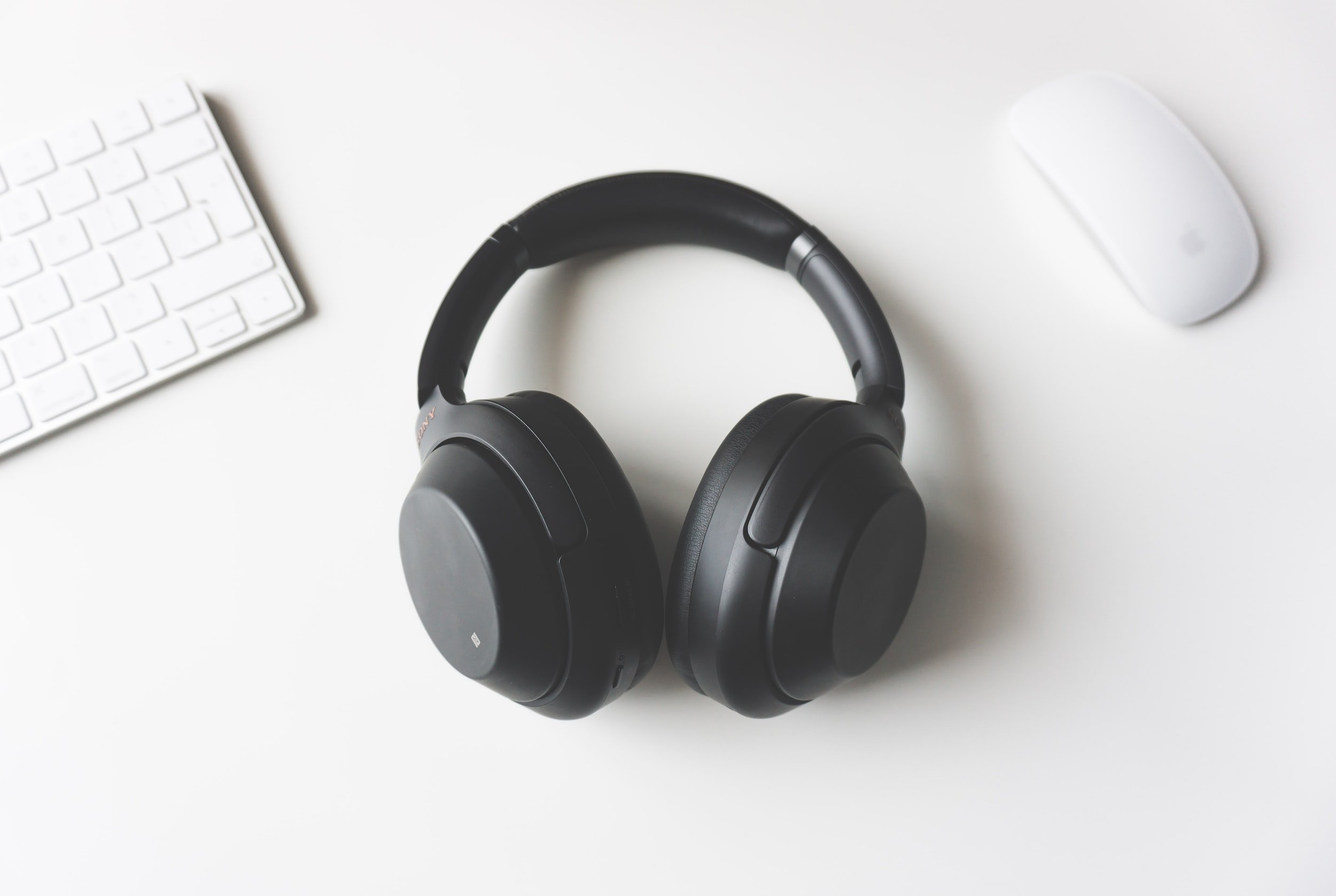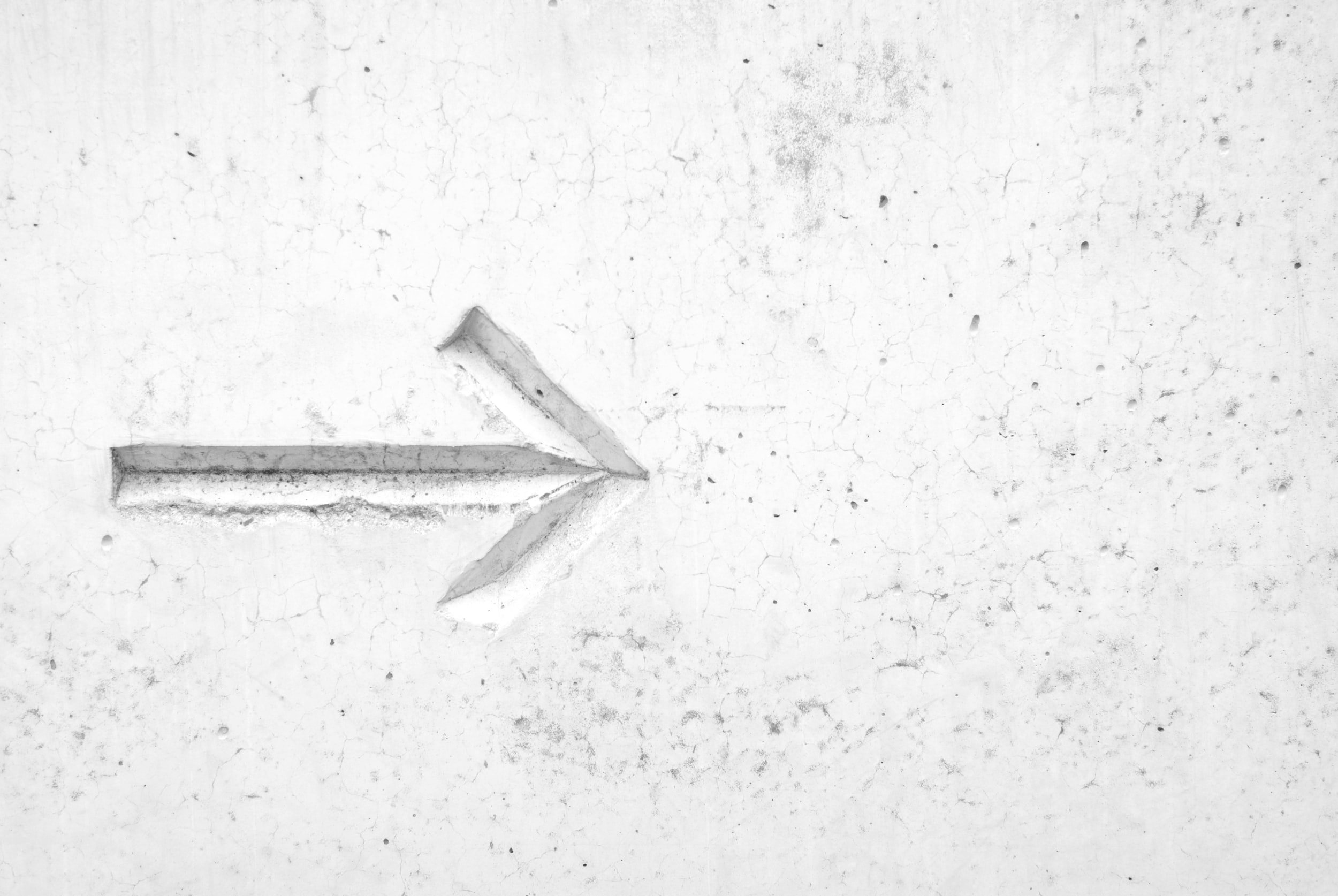
Narrative Podcasting example script + rough audio files
Since podcasting is an auditory medium, the real proof of whether an idea is working has to be listening. But for us, narrative podcasting always starts with a script, so to understand our process (and develop your own), seeing podcast sample episode scripts is also a valuable tool.
Podcasting course module 3 draft script … your creative personality
As I was thinking about a teaser episode for this module, this was on my mind. But as sometimes happens with creative work, what came out was something that I needed to process — but something that wasn’t right for the end goal of this project. This draft was about 1,000 words (reading at over 8 minutes), which is also longer than these teaser episodes were supposed to be. Anyway, here it is:
[J music clip]
What you just heard there was from a piece by my old friend, whom we’ll call Jay Archer. He is better at music than I am at podcasting. He’s better at playing the violin than I ever will be at writing. You want to talk about Gladwell’s “mastery after 10,000 hours” theory, well Jay has probably put 10,000 hours into his backup instruments, mandolin and guitar, let alone his violin and songwriting. Jay is better as music than most of us will ever be at anything.
But you know what? While Jay’s dedication is commendable, I’m not bringing him up as an exemplar — no, Jay is a tragic figure, a dinosaur, a species doomed to die. But before we examine his fossilized remains, let’s back up a bit.
In the summer 1999, Jay was about to start his junior year of college. He’d been taking violin lessons since he was four, and playing as a guest musician with his dad’s band since high school. I still have these full-color memories of Jay up on stage, larger than life, taking his turn ripping off solos, a boy holding his own among the men of the rest of the band. But within those early highs were the seeds of his eventual downfall.
What Jay didn’t realize — what none of us realized — was that before he’d even graduated from college, his career, as he knew it (make music, play music, get paid to make and play music) — was dying. Because just a forty-minute drive or so from where Jay and I grew up in Massachusetts, there was a kid named Shawn Fanning, a student at Northeastern University, who was about to unleash on the world a program that would make a tectonic shift in the music industry forever: Napster.
If you’re younger than about 32, I almost feel bad for you, because having grown up with the internet, you may never experience a moment like using Napster for the first time. The only metaphors that seem strong enough are drug metaphors, because before Napster, listening to music took work. There was stuff your friends had, or you heard on the radio, and it was a fleeting pleasure: it was just gone. You knew you could never get it.
And then, suddenly — it was ALL THERE. Every possible song you could think of. Similes fail me. It seemed too good to be true (and eventually it was), but for a while it wasn’t. It was coming out of the wilderness to an all-you-can-eat buffet. We all just gorged ourselves. And Jay was right there with me. We couldn’t foresee that we weren’t actually getting free music — we were taking money from his future paychecks. Taking early withdrawals from the figurative 401(k) that, as an independent musician, he would never have.
Fast forward 20 years (do you remember the coda to the early peer-to-peer era? Copycat services like Gnutella, Kazaa, and Limewire? I see you, fellow Gen-Xers), and eventually the music industry lawyers accepted that the “music online” cat was way the hell out of the bag, and now my kids think music is a scented candle for your ears (except less work). I’m not sure if my kids will ever pay for music other than dropping a dollar in someone’s guitar case at the subway station — which is basically what Jay has become with his Patreon account, minus a bit of the background noise.
Jay shakes his head and blames Covid for killing his concert income, but the pandemic was just the latest nail in the career: there’s no vaccine that’ll cure Spotify. It wasn’t the pandemic that caused him to choose to get married and have kids instead of touring full time. It wasn’t the pandemic that made him not join a band. And there’s no time machine that can un-invent the internet and make us all go back to buying CD’s.
I’m telling you all this because my friend Jay Archer is a 25-year example of of our personalities can shape how we approach our creative work. Jay is a strong introvert, and very independent, so for his entire career, he’s been a solo singer-songwriter. He works with other musicians sometimes, but mostly when he needs someone else to play drums or bass or something on one of his songs. Or he’ll lend his considerable talents to someone’s else’s project. The upside of his internally-focused approach is that he’s produced many albums of great artistic integrity and surpassing beauty.
But the downside is that during all those years he was laser-focused on his own artistic visions, the world changed around him. Jay never paused to reflect on his creative personality, and the tradeoffs he was making because of it. He just did what felt natural for 25 years.
But now, at age 45, the world has changed, and he’s looking up to find he’s unequipped for a collaborative, digital, and evolving mediascape. When people are listening differently, we can’t keep creating the same if we want to survive.
This is why we spend a module of our course on creative personality, because we each have different strengths and weaknesses, tendencies and patterns, when it comes to how we create. Some of us, like Jay, have an ironclad ability to focus and be true to ourselves — but have blind spots regarding adaptability, collaboration, or or pragmatics. Or maybe we’re strong at perfecting an idea, but need to learn to let good enough be good enough. Or maybe (to use myself as an example), you have endless ideas and energy around new projects and possibilities, but need to work on your accountability and follow-through.
Whatever your personality, taking a long, even uncomfortable look in the mirror will enable you to both celebrate your best features as a creator, and acknowledge acknowledge and plan around your growth areas. Understanding our personalities is also a valuable step in developing one of the most challenging characters that we include in every story we tell (whether we are planning to our not): ourselves! And as we grow healthier by learning to balance self-acceptance and personal growth, we will be better equipped not only for creation, but for collaboration, production, reflection, and the other aspects of a fruitful, sustainable creative life.
Here’s to great character development!
Module 3 teaser episode … audio first cut
Again, as my friend told me after listening, this was too much about my frustrations with my friend, and not enough about what a listener and prospective podcasting course student would want to know about, which is how our creative personalities can affect how we approach audio storytelling.
But while this will never go out into a future Narrative Podcasts feed, creating this version did help me articulate and work through some of my feelings about this friendship, and set me up for more productive conversations with Jay afterward.

Narrative podcasting course modules
Creative motivation. Ideation. Scriptwriting. Voiceover. Collaboration. Audio editing. Avoiding podfade. These are just some of the items in the complete narrative podcasting and creative living toolkit you’ll get with our Course. Learn more and read descriptions of all 16 modules here.






